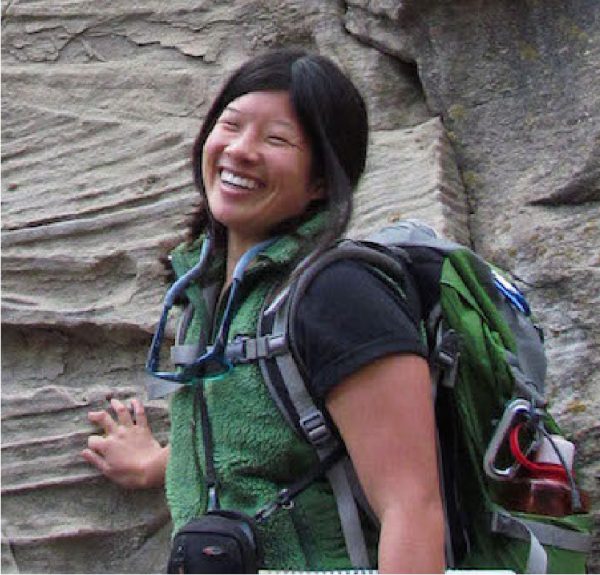Geologic framework controls on sediment availability and shoreface morphology at the Rockaway Peninsular, NY

Dr. Emily Wei
USGS Researcher VI
St. Petersburg Coastal and Marine Science Center, Florida
Wednesday, November 18th, 2020
1pm
watch Emily’s talk here
Abstract
Barrier island resilience is sensitive to the flux of available sediment from the shoreface, as shown by recent field and morphodynamic modeling studies. Before shoreface fluxes can be estimated, we first investigate sediment availability. Our goal is to understand how shoreface sediment availability and morphology are influenced by geologic framework and anthropogenic impacts at the Rockaway Peninsula, NY, which has undergone extensive beach nourishment and groin and jetty construction since the 1920s. To do this, we conducted Chirp seismic surveys along the peninsula from the shoreline to ~2 km offshore in Fall 2019. This enabled us to map shoreface morphology and sub-seafloor surfaces and channels, calculate sediment thickness, and delineate the geologic toe of the shoreface. Results show alongshore variability in accommodation, Holocene sediment thickness, sorted bedforms, and shoreface morphology, which we use to divide the peninsula into four geomorphic zones. Shorefaces in the westernmost zone I are the widest and thickest due to increased accommodation caused by the westward-deepening transgressive surface, historical progradation of the peninsula towards the west, and seaward progradation following jetty construction at the western end. Zone II contains Holocene relict channels that coincide with the historic end of the peninsula. Shoreface sediments downlap into these channels and shift the geologic shoreface toe seaward. Shoaling of the transgressive surface in Zone III contributes to thin Holocene sediment thickness and narrow shorefaces. This zone is also characterized by sorted bedforms, which may be excavating underlying Pleistocene glacial outwash channels. In easternmost zone IV, ebb-tidal delta deposits overlap the shoreface, extending it seaward and creating more gradual shoreface slopes. Zonal variations in shoreface sediment availability and morphology suggest that fluxes from the shoreface to the barrier have and will continue to vary in space and time. In exploring deviations between the geologic and morphologic toes of the shoreface as well as observed slopes and computed equilibrium slopes, we expect that present-day morphology reflects both natural and human processes that operate over different timescales and components of the shoreface.

